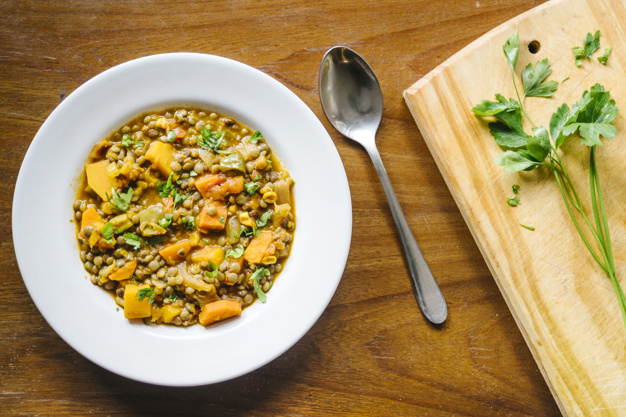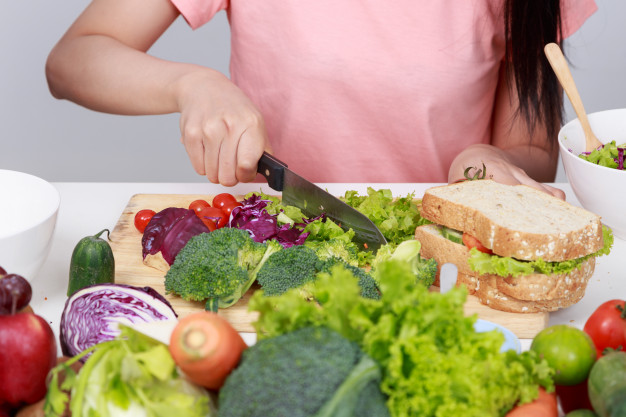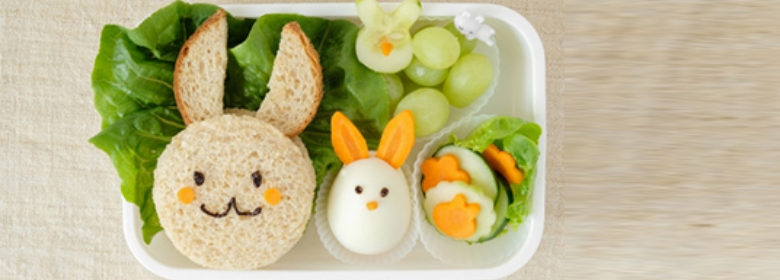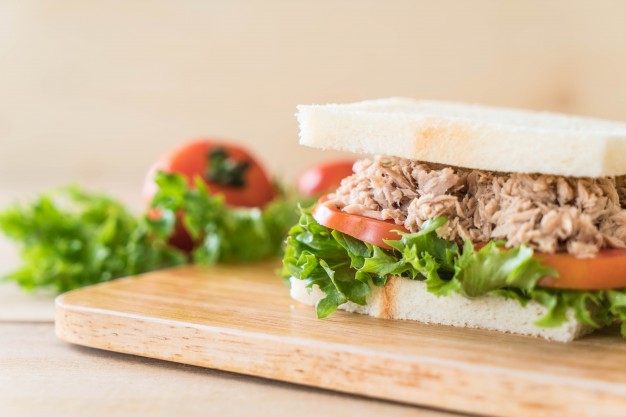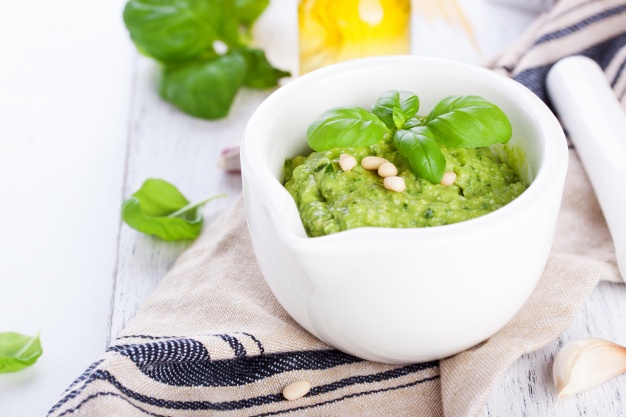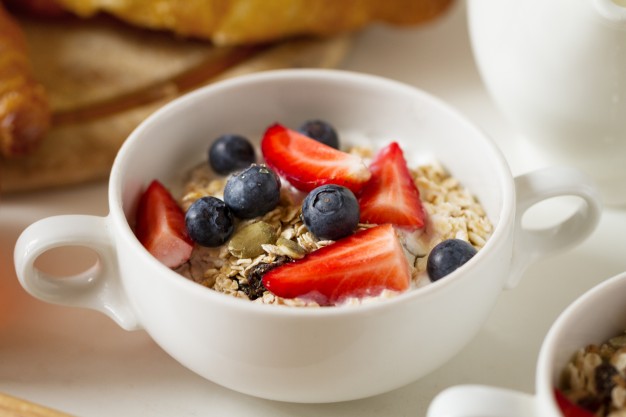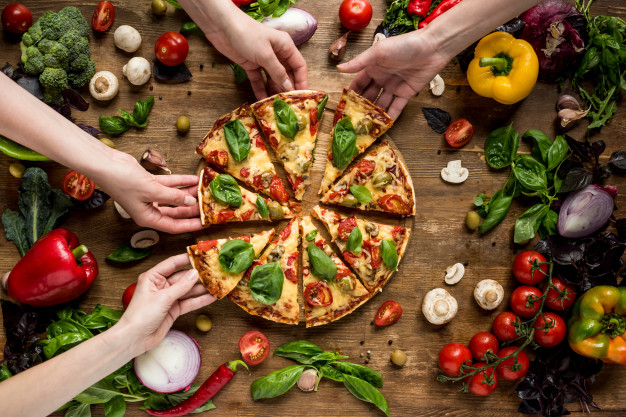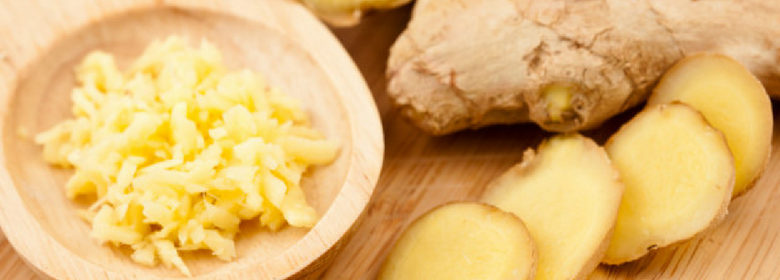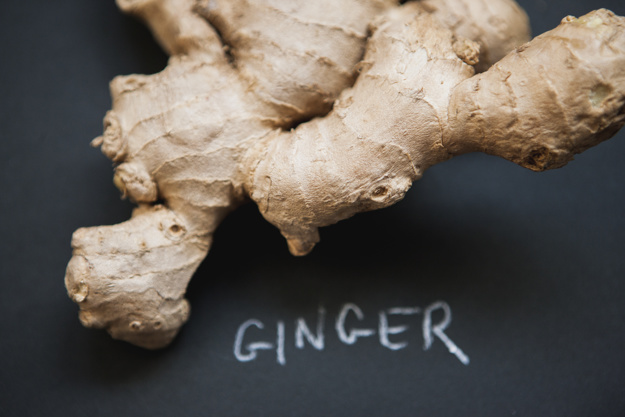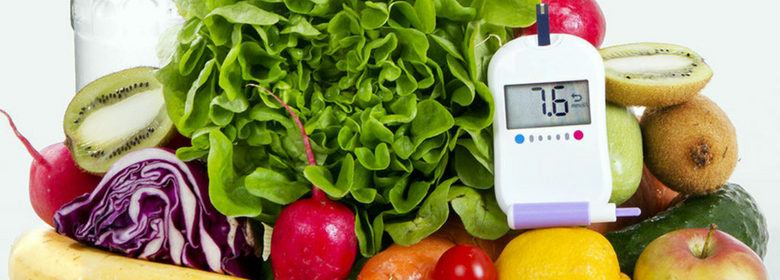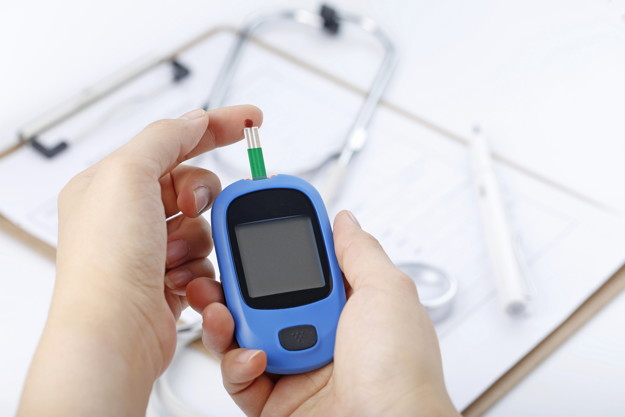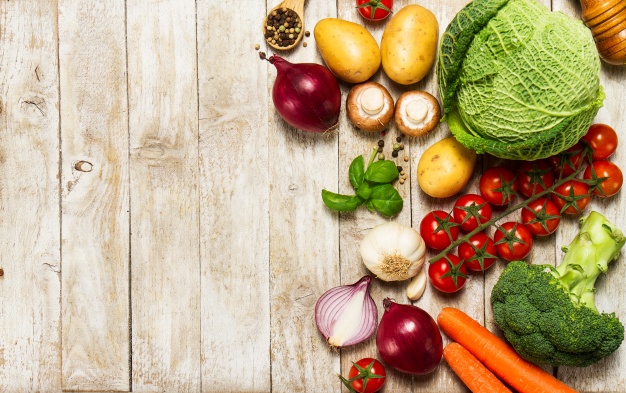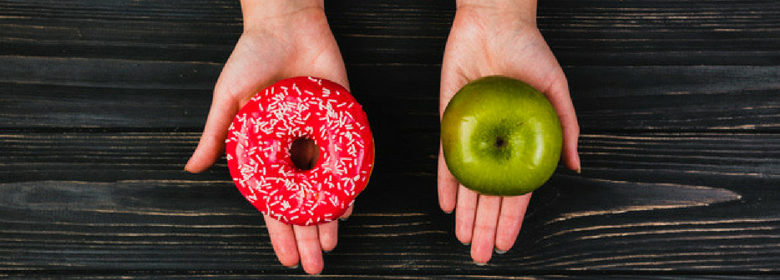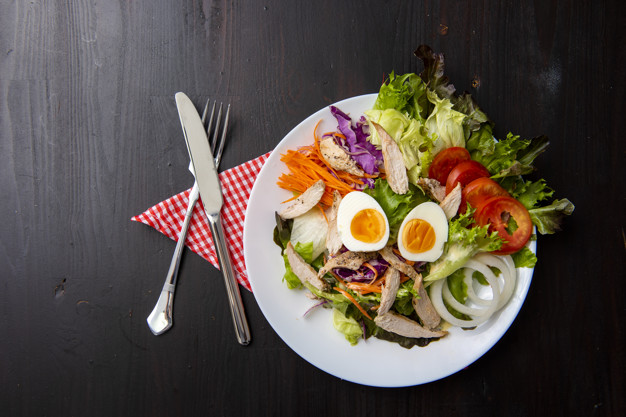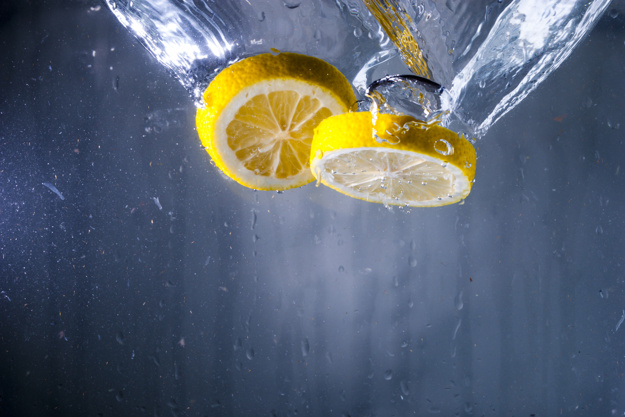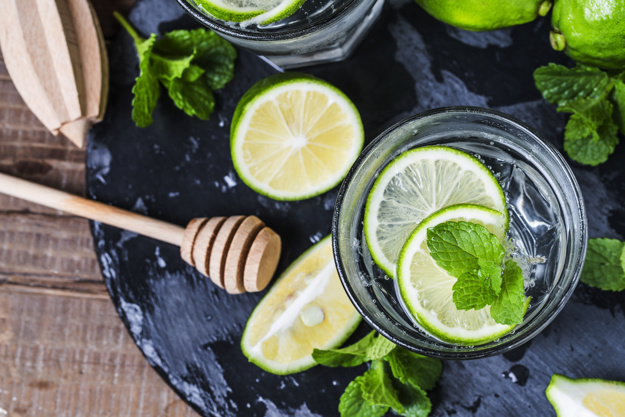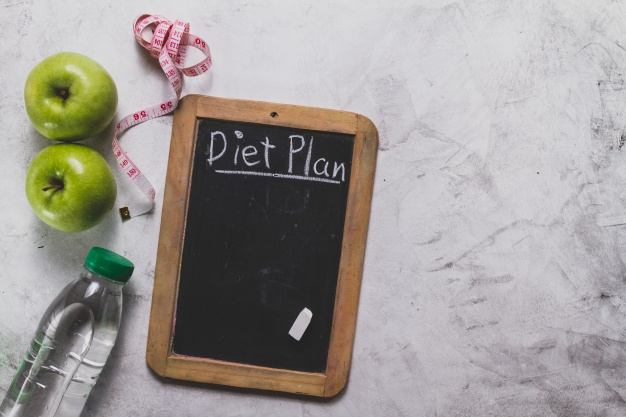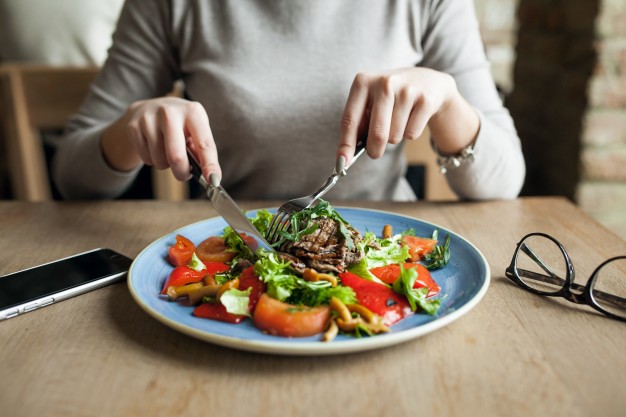Mindful Eating : 3 Steps to Achieving Zen!

Running out of the house with a sandwich in hand; Sipping on a cup of soup while making those last minute edits to the presentation; A wrap in one hand, the steering wheel in the other, rushing to pick your kids up from school.
These scenarios are all too common today. Our lives are moving faster than the train that you just missed. Our schedules rule us; our meals have become just another box that gets checked at the end of the day. A busy schedule negatively impacts us in many ways – the most common among these is the way we consume our food. Savouring a meal is a rarity, a thing saved for that special occasion.
Here is a list that can help you become a more mindful eater. Because eating full and healthy meals should be at the top of your priority list.
#1 Slow and Steady Wins (It’s never a race)
10 mins into your meal, do you look down and wonder where the food went? Do you inhale your food?
Eating slowly and consciously is the first and easiest step to a healthier body. It helps your brain sync up with your stomach; telling you when you are full and when you are hungry. This doesn’t just help your body digest the meal better, but also helps you take a much needed breather from a crazy day.
#2 Food Wanderlust is Bad
Do you find yourself rummaging through cabinets? Do you open the fridge everytime you walk past it? How often do you sit down and have a meal and not just a snack?
Eating at consistent times and places doesn’t just create a healthy habit, it also creates cues for your body, elevates your mood and makes sleep cycles better! So make a habit of always putting your food on a plate, sitting down and eating comfortably. Eating at specific times also helps you eat with people, which gives you not just conversation, but also helps you slow down and savour your meal.
#3 Rekindle your Relationship with Food
Getting to know your food; where it comes from? What nutrients it has? What are the ways it can be cooked?
These are essential to achieving mindfulness. Connecting with your meal on this level ensures that you are aware of what you are eating and why. It helps you plan your meals better, and appreciate your meal.
Mindfulness is not a tough nut to crack. All it takes is patience and the willingness to put an effort into your own self-care.
So, will you?



